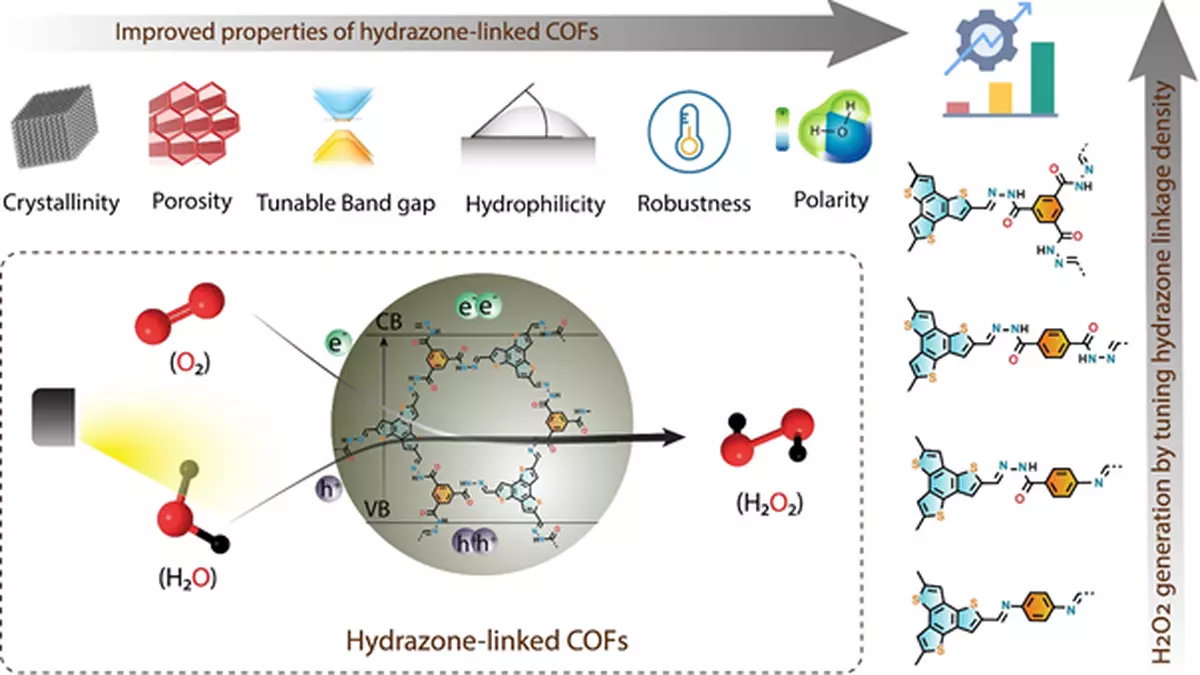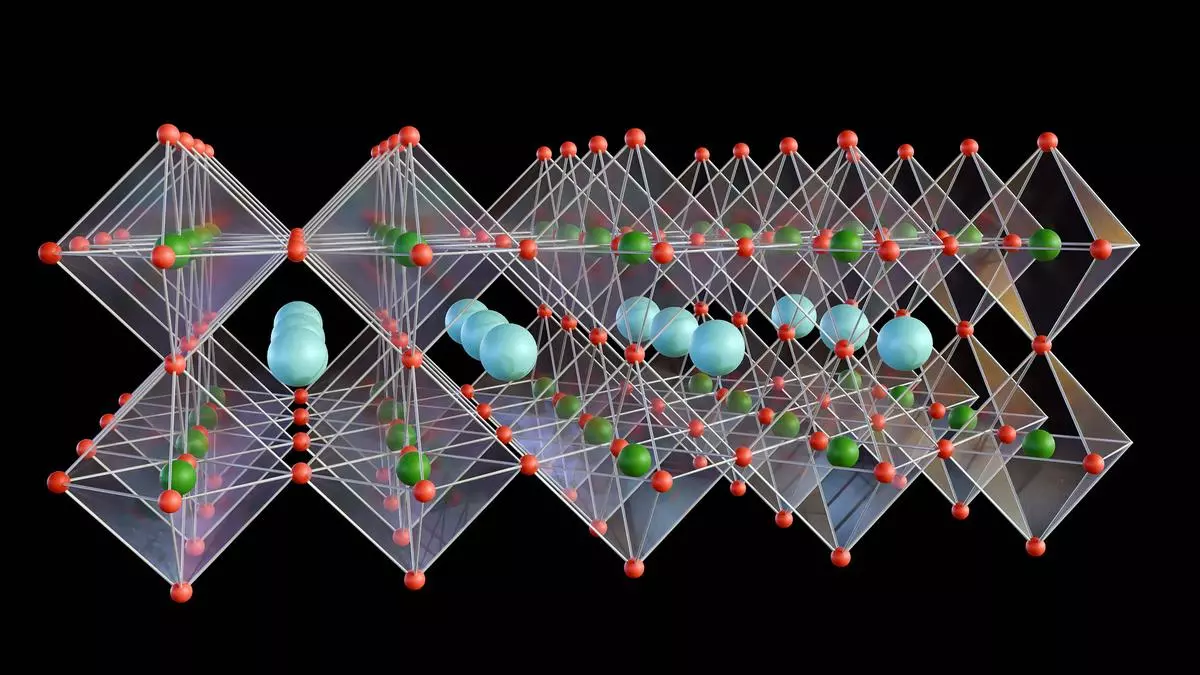Going by the way things are unfolding, Prof Tsutomu Miyasaka may be a hot candidate for the Nobel Prize.
In 2009, Miyasaka came up with something that is no less transformative than the work of John Goodenough, who won the Chemistry Nobel Prize in 2019 for his development of lithium-ion batteries.
Miyasaka (71) was straining his brains over ‘dye-sensitised solar cells’, a popular area of research in 2009. It occurred to him, rather serendipitously, to try out a new class of materials called ‘perovskites’, named after the Russian scientist who discovered the first one. Perovskites distinguish themselves in terms of their crystal structure.
The professor, who taught at Toin University in Yokohama, Japan, found that perovskites are good at absorbing light, though they are very unstable. Back then, its conversion efficiency — a measure of how much sunlight energy is converted into electricity — was just 3.8 per cent, but researchers knew this could be improved.
The discovery triggered frantic research for ways to make perovskites stable, so they could be turned into solar cells to produce electricity — a breakthrough as important as Goodenough identifying lithium-ion as a good cathode material for electrochemical cells.
Today, the solar energy world is on the cusp of widespread use of perovskite (based) cells in solar farms. While perovskites’ instability is yet to be conquered, technologists are succeeding in layering perovskites over conventional monocrystalline solar cells, to make a ‘silicon-perovskite tandem’.
What is great about perovskite tandem cells? Super-high conversion efficiency — over 30 per cent.
High-efficiency cells
When the National Solar Mission was launched in 2010, the best solar cells had 17 per cent efficiency. Over time, technology improved. Polycrystalline silicon yielded place to mono, then came mono-PERC, and nowTopCON. Cell efficiency improved to 23-24 per cent, contributing handsomely to the decline in solar energy prices (alongside scaled-up production in China.)
Now, crystalline silicon is hitting the limit, forcing technologists to look elsewhere for efficiency gains. While heterojunction cells, which have a slice of crystalline silicon sandwiched between two layers of amorphous silicon, are coming up as a sort of intermediate technology, the world is inching closer to perovskite tandem.
Perovskites, which are quite inexpensive, absorb high-energy blue light (silicon absorbs low-energy red light), improving efficiency by a significant margin.
China is leading, but…
In June 2024, Chinese solar cell manufacturer LONGi announced it has produced a silicon-perovskite solar cell of 34.6 per cent efficiency, with theoretical maximum efficiency of 43 per cent — the solar sector’s equivalent of reaching ‘Treasure Island’. LONGi’s compatriot Microquanta announced in December that it had shipped to a customer 50 MW worth of silicon-perovskite tandem modules of 25.4 per cent efficiency. (Efficiency drops a little when the cells are assembled into modules.)
…India is not far behind
India, which (along with other countries) completely missed the bus for solar cells and modules manufacturing, is perhaps not too behind China in high-efficiency cells. It has a splendid opportunity to catch up, says Sujoy Ghosh, Country Head, First Solar, which has a 3.3-GW thin-film module making facility near Chennai.
A lot is happening in Indian labs, especially at the IITs. Prof Dinesh Kabra of IIT-Bombay has developed a perovskite tandem cell with 29.8 per cent efficiency. Prof Trilok Singh, who has worked under Prof Miyasaka, has also developed a tandem cell. “The perovskite cells are stable if they are grown properly,” he told Quantum. “We have checked with glass-over-glass encapsulation devices, which are stable for over two years,” he said.
Scientists at IIT-Roorkee recently announced that they have developed a “solution-based fabrication approach” to make high-performance, semi-transparent perovskite cells. They coated a layer of crystalline silicon with a thin film of a chemical called PEDOT:PSS and overlaid this with a semi-transparent perovskite material. Prof Soumitra Satapathi, one of the researchers, told Quantum that these cells are inexpensive.
Funding support
Incidentally, a start-up promoted by IIT-Roorkee researchers, Perovskite Innovation, won the Indian Oil Corporation Challenge grant last year. The Ministry of New and Renewable Energy has given a $10-million grant to IIT-Bombay to fund Prof Kabra’s campus incubated startup ART-PV India’s pilot plant for perovskite tandem cells.
First Solar and Waaree have agreed to help ART-PV, in cash and kind, in return for preferential terms when the startup licenses to them the technology. First Solar, the global leader in the niche thin-film solar modules — where semiconducting materials such as cadmium telluride are coated onto a glass substrate — is keen on the perovskite technology since it involves coating.
Tata Power Solar and Vikram Solar have declined to comment. Avaada, which is building a 3-GW wafer, cell and module plant, said its factory “will have the provision to incorporate” perovskite technologies. All of this implies that India is very much in the game of high-efficiency solar cells.
When silicon-perovskite tandem cells become commonplace, hopefully in the next five years, their positive impact on solar energy prices will be marked.
SHARE
- Copy link
- Email
- Facebook
- Telegram
- LinkedIn
- WhatsApp
- Reddit
Published on March 9, 2025





